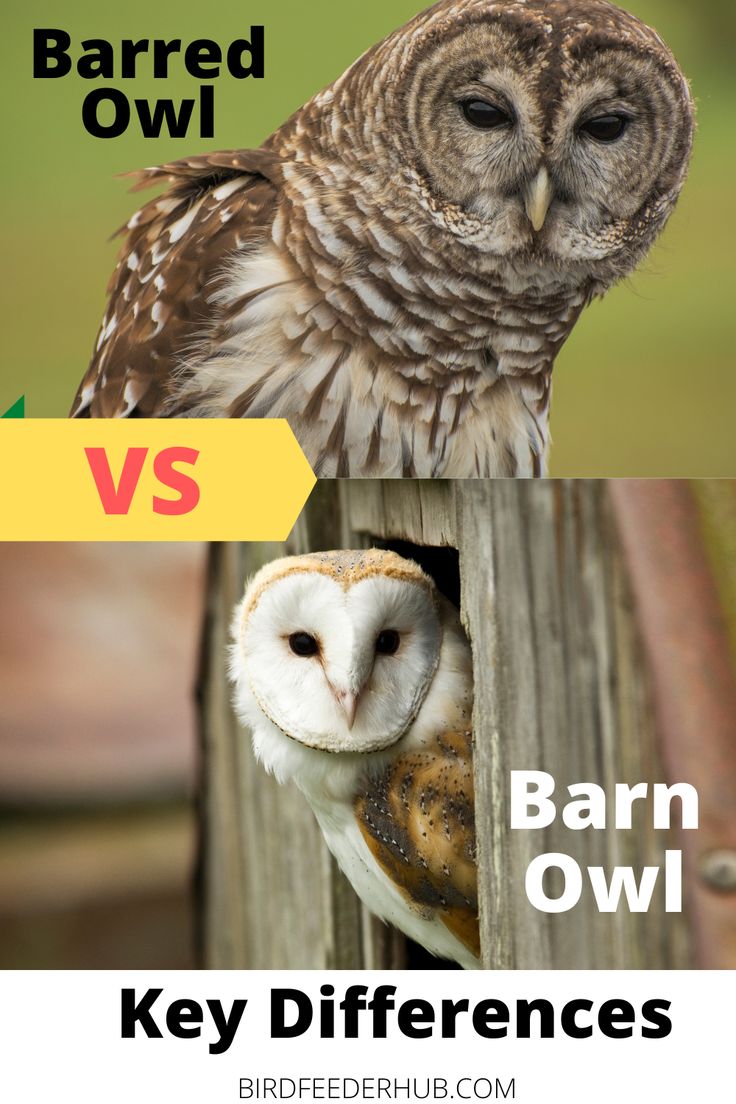The world of owls is a captivating realm, teeming with nocturnal predators exquisitely adapted to their environments. Two species, the Eagle Owl and the Barn Owl, stand out as archetypes of avian hunting prowess, yet diverge significantly in their morphology, behavior, and ecological niches. Understanding these differences illuminates the fascinating diversity within the owl family and provides a glimpse into the evolutionary pressures that have sculpted these remarkable creatures. Prepare to have your perceptions of these enigmatic birds reshaped.
Size and Stature: A Matter of Magnitude
The Eagle Owl, a veritable behemoth among owls, commands attention with its imposing size. Averaging a wingspan of up to six feet and a weight exceeding nine pounds, this avian titan is a formidable presence. In contrast, the Barn Owl presents a more demure profile. Its wingspan typically reaches around three feet, and its weight rarely surpasses one and a half pounds. This size disparity reflects differences in prey preference and hunting strategies. The Eagle Owl’s superior size allows it to tackle larger prey, while the Barn Owl’s smaller stature enables it to navigate tighter spaces in pursuit of rodents.
Facial Disc Morphology: Echolocation and Asymmetry
The facial disc, a concave arrangement of feathers surrounding the eyes, serves as a crucial sound-gathering apparatus for both owl species. However, the morphology of this structure differs markedly between the Eagle Owl and the Barn Owl. The Eagle Owl possesses a less pronounced facial disc, with a more symmetrical configuration. This arrangement allows for precise pinpointing of sound sources in a horizontal plane. The Barn Owl, on the other hand, exhibits a highly specialized, heart-shaped facial disc with marked asymmetry. This asymmetry, with one ear positioned slightly higher than the other, grants the Barn Owl unparalleled auditory acuity. It enables precise vertical localization of prey, even in complete darkness, a feat that is nothing short of an evolutionary marvel. The feathers form a parabolic reflector, channeling sound waves toward the ears.
Plumage and Cryptic Coloration: Masters of Disguise
Both the Eagle Owl and the Barn Owl rely on cryptic coloration to blend seamlessly into their respective habitats. The Eagle Owl typically exhibits a mottled plumage of browns, blacks, and russet hues, providing exceptional camouflage against the bark of trees and rocky outcrops. This coloration allows the Eagle Owl to remain virtually invisible to unsuspecting prey. The Barn Owl’s plumage presents a stark contrast, characterized by a pale, often ghostly white facial disc and underparts, coupled with buff-colored or light brown upperparts. This coloration serves as an effective camouflage in open grasslands and agricultural landscapes, allowing the Barn Owl to ambush rodents from low perches. The differing plumages underscore the diverse ecological niches occupied by these two owl species.
Vocalizations: A Symphony of the Night
The vocal repertoires of the Eagle Owl and the Barn Owl differ significantly, reflecting variations in communication and territorial defense. The Eagle Owl is known for its deep, resonant hoot, a sound that can carry for miles across the landscape. This powerful vocalization serves to establish territory and attract mates. The Barn Owl’s vocalizations are far less melodic. It is known for its piercing shriek, a sound that can be unnerving to the uninitiated. This shriek serves as a warning call and is often used during territorial disputes. The contrast in vocalizations further highlights the distinct evolutionary trajectories of these two owl species.
Habitat Preference and Geographic Distribution: Worlds Apart
The Eagle Owl is a cosmopolitan species, inhabiting a wide range of habitats across Europe, Asia, and North Africa. It thrives in mountainous regions, forests, and rocky landscapes, often nesting on cliff ledges or in tree cavities. The Barn Owl, also widely distributed, favors open habitats such as grasslands, agricultural fields, and marshes. It is often found nesting in barns, silos, and other man-made structures, a testament to its adaptability. The divergent habitat preferences of these two owl species contribute to their ecological separation and minimize direct competition.
Dietary Habits and Trophic Niches: Predators of Opportunity
The Eagle Owl is an apex predator, capable of tackling a wide range of prey, including mammals, birds, reptiles, and even fish. Its powerful talons and beak enable it to subdue and consume relatively large animals, such as rabbits, hares, and even foxes. The Barn Owl, in contrast, specializes in hunting small rodents, particularly voles and mice. Its exceptional hearing allows it to locate prey hidden beneath dense vegetation. The dietary divergence between these two owl species reflects differences in body size, hunting strategies, and habitat availability. They occupy distinct trophic niches, contributing to the overall stability and diversity of their respective ecosystems.
Conservation Status and Threats: Facing the Future
Both the Eagle Owl and the Barn Owl face a variety of threats, although the specific challenges vary depending on geographic location and habitat conditions. The Eagle Owl, once persecuted due to its perceived threat to livestock, has benefited from conservation efforts in many regions. However, habitat loss, electrocution on power lines, and illegal hunting remain significant concerns. The Barn Owl, highly sensitive to habitat loss and pesticide use, has experienced population declines in some areas. Loss of foraging habitat, reduction in nesting sites, and secondary poisoning from rodenticides pose serious threats. Effective conservation strategies require a thorough understanding of the ecological requirements of each species and a commitment to mitigating human-induced threats.
In conclusion, the Eagle Owl and the Barn Owl represent two distinct evolutionary pathways within the owl family. From their contrasting sizes and facial disc morphologies to their divergent vocalizations and dietary habits, these nocturnal hunters exemplify the remarkable diversity of avian adaptations. By appreciating these differences, we gain a deeper understanding of the complex ecological relationships that shape the natural world.
